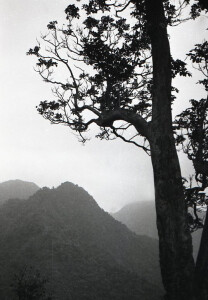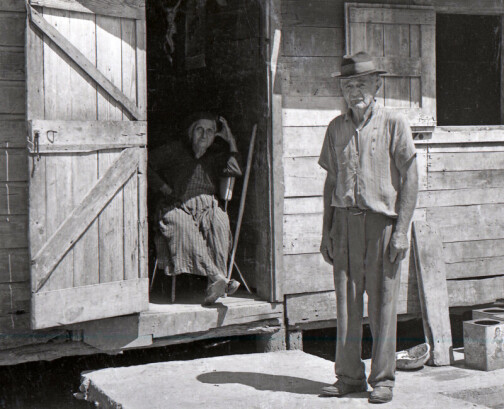I have a tendency, wherever I go in this world, to miss out on whatever are the main attractions. Take, for instance, the three months I spent wandering the forested hills of Puerto Rico in a futile attempt to locate the world’s largest radio telescope.
To be fair, I was distracted off and on by training I was supposedly undergoing in preparation for serving in the Peace Corps—this at a place called Camp Radley, which was pretty much the same as a military encampment except that there was no fence around it and no MPs to track down AWOL enlistees like me. That said, it was pretty hard to make much headway through the surrounding jungle, as I had no machete. But now and again the overhead canopy would open up, offering me a broader view of the bosque—but, alas, no radio telescope. How could I possibly miss it? I mean, the giant spherical dish was the size of eighteen football fields!
On those few occasions when our group travelled to and from the costal village of Arecebo, I’d look for road signs pointing to the observatory, but mostly all I saw were sharp turns and steep drop-offs rimmed by multiple roadside crosses. Fearless bus and publico drivers in Puerto Rico take great pleasure in scaring the pants off their passengers, and I’m told public transportation is even scarier in Colombia, which is where our group was bound—those who survived training camp, that is.
Camp Radley is named in honor of a Peace Corps volunteer who died in a crash in Colombia, as is neighboring Camp Crozier. In addition, two of my fellow trainees were destined to die in Colombian bus crashes, so I’m thinking I should count myself fortunate that I was sent home early.
Getting back to the world’s largest radio telescope: The sad news is that it’s no longer functional, the 900-ton suspended radio dome having collapsed in December of last year, a casualty of multiple earthquakes, Hurricane Maria, and decades of deferred maintenance. Installed during the Eisenhower administration, the big dish had discovered distant pulsars and mapped the surface of Venus. In 1974, a team of astronomers that included Carl Sagan put together the Arecibo Message, a radio transmission directed at a distant cluster of stars in hopes of establishing contact with alien life forms. In that respect, Dr. Sagan and I were on the same page, as I had left Utah in search of intelligent life, and in fact I was making some headway. Since arriving in Puerto Rico I’d made half a dozen new friends—all of whom, including the girl from Texas who later would become my wife, were destined to be sent home early. Why? I blame the camp psychiatrist. Not for nothing was Ken Kesey’s book ONE FLEW OVER THE CUCKOO’S NEST a popular read at Camp Radley.
Meantime, as Sagan’s team scanned the cosmos for extraterrestrial life, I continued my terrestrial search for the world’s largest radio telescope. Once, I came to a clearing upon which stood a humble shack occupied by an aged campesino and his wife. In halting Spanish, I asked them if they could point me in the direction of “El Plato Grande.”
“No hay un restaurante aqui,” I was told.
Well, to my surprise there are in fact some excellent open air eateries in the vicinity of Utuado and Lago Dos Bocas, none of which I knew about until just now, thanks to an online Google Maps search. Moreover, they serve dishes other than just arroz con pollo! It’s amazing just how much one can learn nowadays about the world we live in without ever leaving home.

